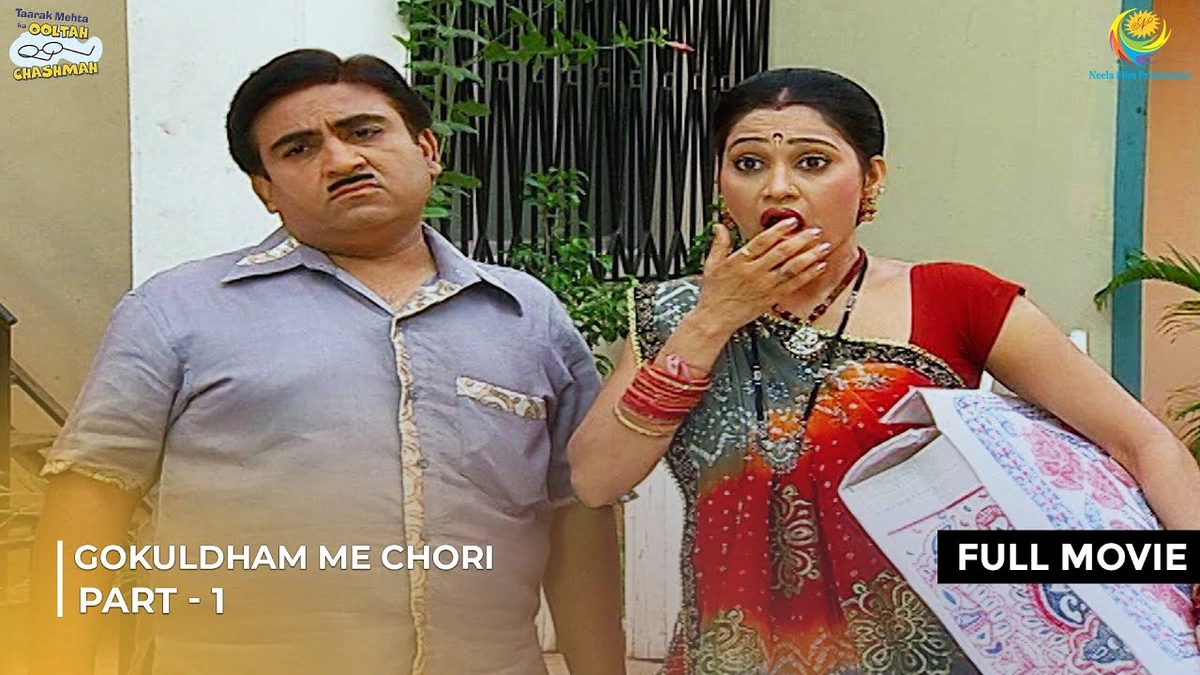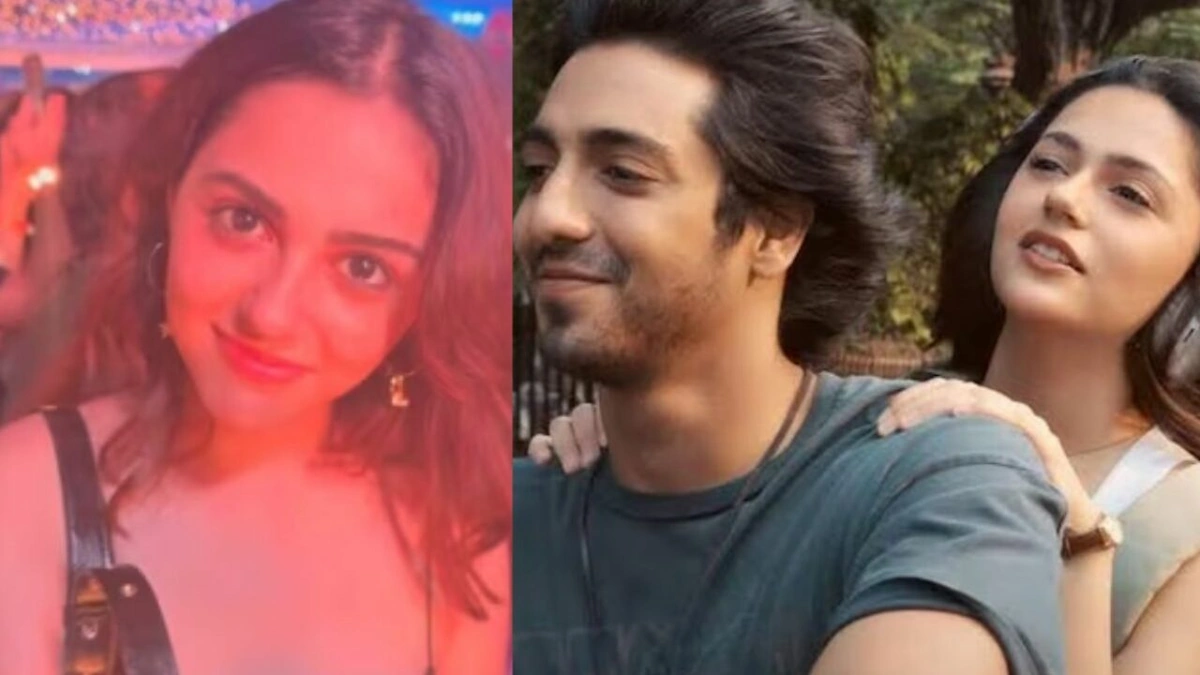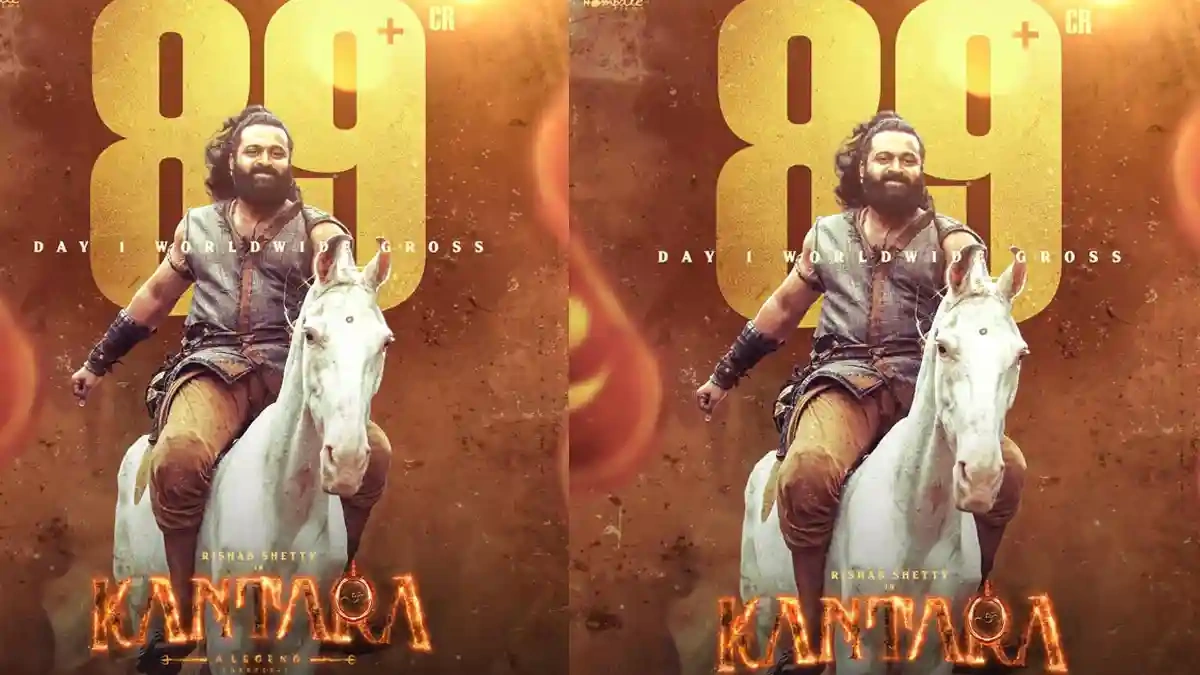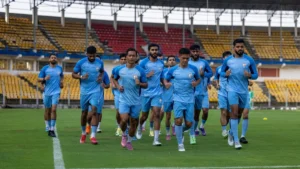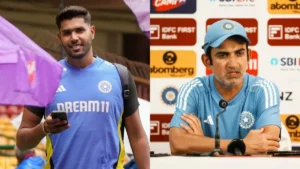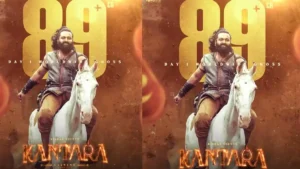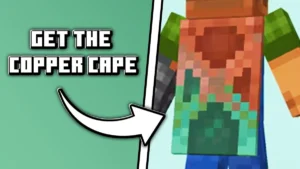The Unbreakable Formula | Why Taarak Mehta Ka Ooltah Chashmah Still Dominates Your TV After 16 Years
Let’s play a little game. Think of the sound of 8:30 PM in an average Indian household. For a staggering number of us, for over a decade and a half, it’s not the chime of a clock or the call for dinner. It’s that instantly recognizable, slightly goofy, and impossibly catchy tune: ” Taarak Mehta… Taarak Mehta… Ooltah Ooltah Chashmah… “
It’s almost a national reflex. The show comes on, and a strange calm descends. It’s the background score to our dinners, the one thing the whole family from your 8-year-old cousin to your 80-year-old grandmother can agree on. But here’s the question that’s been bugging me, and probably you too: How?
In a world where multi-crore web series with superstar casts come and go in a weekend, how has this simple sitcom about a housing society in Mumbai not just survived, but thrived for over 4000 episodes? This isn’t just about TRPs. This is about cultural permanence. It’s a phenomenon. And I think I’ve figured out the secret sauce. It’s not just comedy; it’s a carefully crafted formula for comfort.
It’s Not a Show, It’s a National Habit
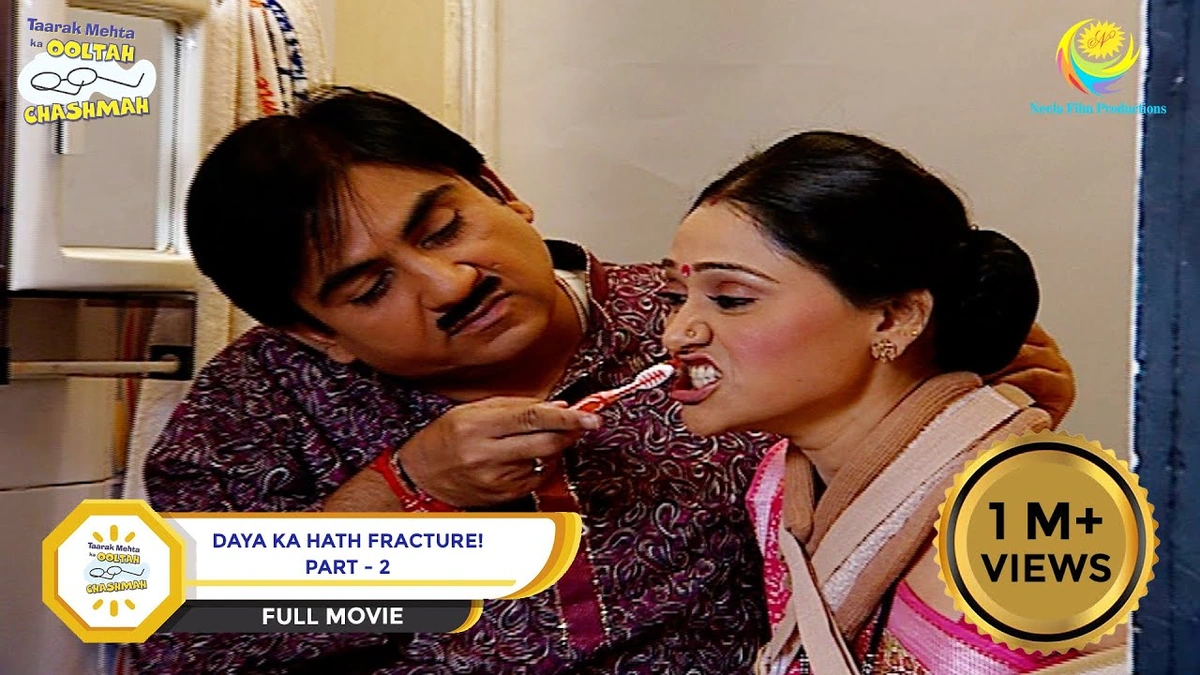
First, let’s get one thing straight. For millions, Taarak Mehta Ka Ooltah Chashmah isn’t just a show they watch. It’s a ritual they perform. It’s become a cornerstone of the daily routine, slotted right between finishing work and heading to bed. It’s familiar. It’s safe. You know exactly what you’re going to get, and in a chaotic world, that kind of predictability is pure gold.
Think about it. The premise is absurdly simple: the everyday shenanigans of the residents of Gokuldham Society . There are no dramatic plot twists, no scandalous affairs, no gritty realism. The biggest crisis Jethalal might face in a week is misplacing an order from a client or getting into a silly tiff with Bhide. And that’s precisely its power.
The show operates on a level of low-stakes, slice-of-life comfort that no other program has managed to replicate on this scale. It doesn’t demand your full attention. You can follow along while chopping vegetables, scrolling on your phone, or talking to your family. It’s the perfect “ambient television” always on, always pleasant, always there. It has woven itself into the very fabric of our evenings.
The Secret Sauce | Beyond “Hey Maa, Mataji!”
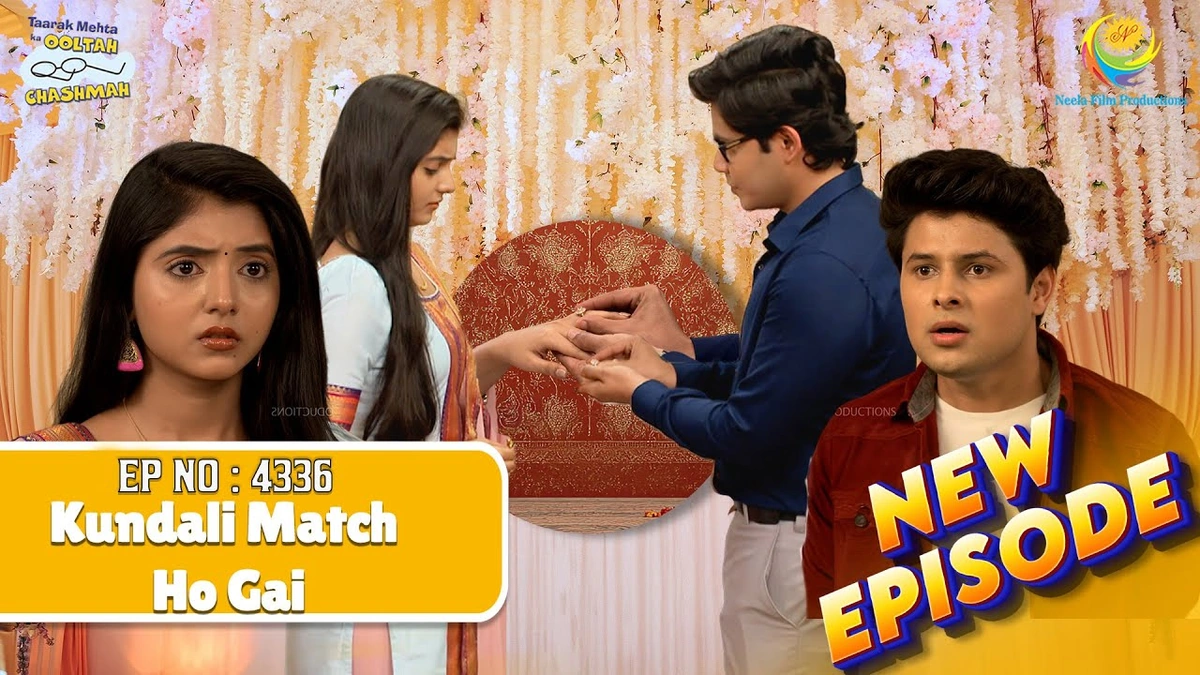
I used to think the show’s success was just about Jethalal ’s hilarious antics or Daya’s “Garba.” But the more I watched and analyzed, the more I realized it’s a masterclass in social engineering, disguised as a sitcom. The real genius lies in a few core pillars.
1. The “Mini-India” Masterstroke: This is the big one. Gokuldham isn’t just a housing society; it’s a romanticized, idealized version of India. You have a Gujarati family, a Bengali family, a Punjabi family, a Tamilian family, a Marathi family… you get the picture. They celebrate every festival from Diwali and Eid to Lohri and Onam with equal gusto. In a country often grappling with divisive narratives, producer Asit Modi created a utopia where “Unity in Diversity” isn’t just a slogan from a textbook; it’s the plot of every other episode. It’s aspirational. It shows us the India we want to believe in, where neighbors are family, no matter where they come from.
2. Relatability Over Reality: The problems faced by the characters are our problems, just dialed up to a comedic 11. Bhide’s obsession with his scooter “Sakharam,” Madhavi’s achaar-papad business, Iyer and Babita’s intellectual banter, Popatlal’s eternal quest for marriage these aren’t high-concept ideas. They’re rooted in the middle-class Indian experience. We all know a “Bhide” who is fussy about expenses or a “Jethalal” who loves his jalebi-fafda. The characters are archetypes, which makes them instantly recognizable and relatable.
3. The Unbreakable Rule of Clean Comedy: Here’s what sets TMKOC apart from almost every other comedy show. It is aggressively, unapologetically, and completely “family-safe.” There are no double-meaning jokes, no cringe-worthy gags, no content that would make you awkwardly reach for the remote when your parents are in the room. This commitment to clean, situational humor made it the default choice for family viewing, a position it has held for 16 years. This might seem old-fashioned, but it’s a massive, underserved market.
The Gokuldham Conundrum | When Real Life Crashed the Party
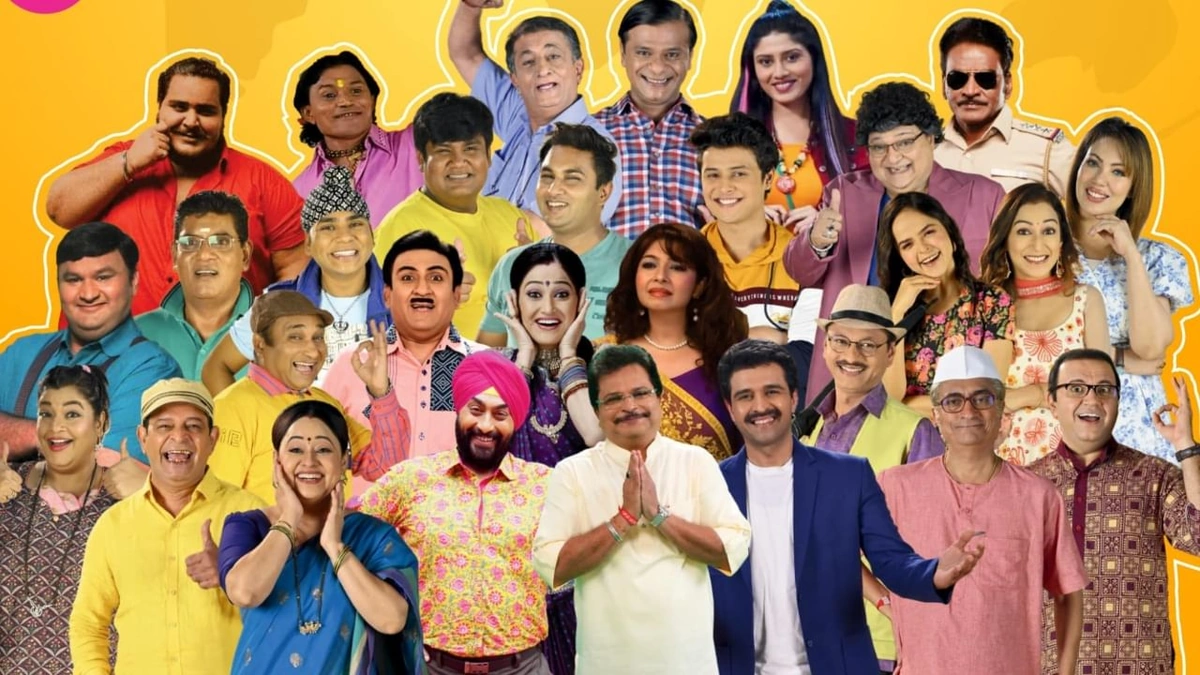
Let’s be honest, though. It hasn’t all been smooth sailing. The last few years have felt… different. The departure of key actors from the tmkoc cast has been a body blow, and you can feel it.
The absence of Disha Vakani as Daya Ben created a void that the show has struggled to fill for years. Her iconic “Hey Maa, Mataji!” and eccentric personality were central to the show’s soul. Similarly, the exits of Shailesh Lodha (the original Taarak Mehta), Neha Mehta (Anjali), and others have felt like watching your favorite band replace its lead singers. The new actors are talented, but for a show built on familiarity, change is jarring.
And then there’s the quality debate. Many OG fans (myself included) feel that the writing in the tmkoc new episode isn’t as crisp or organic as it once was. The plots feel more stretched, the gags a bit more forced, and the social messages sometimes a little too preachy. It’s a natural challenge for a show that has to churn out content daily and has earned its place as thelongest running indian tv showby episode count, but the dip is noticeable.
Can the Magic Last Forever?
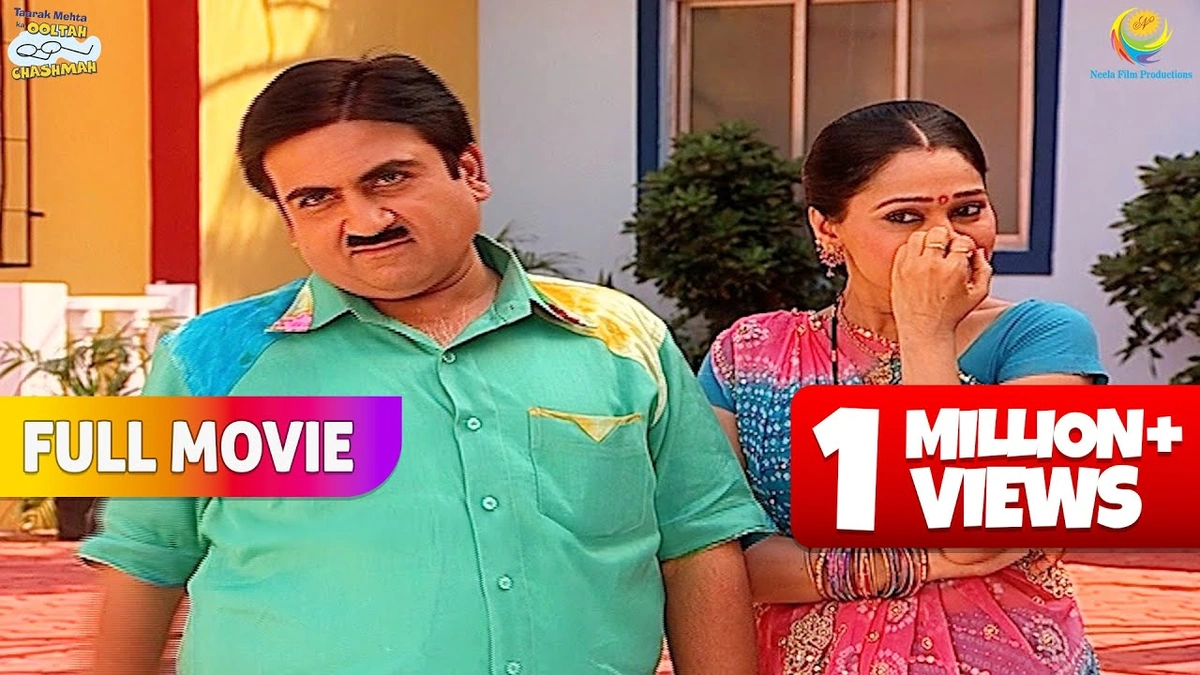
This is the big question. Can a show that has been on air since 2008 continue to resonate with a new generation that grew up on Netflix and YouTube? Can the Gokuldham formula withstand the test of time and changing audience tastes?
I think, in a weird way, it can. While it may never recapture the peak creative magic of its first decade, its core appeal remains potent. The need for simple, comforting, and unifying content is timeless. As long as there are Indian families gathering in their living rooms after a long day, there will be a place for a show that makes them smile without making them think too hard.
Perhaps the show’s legacy won’t be about being the funniest or the sharpest. It will be about being the most consistent. It’s television’s version of comfort food. It might not be a gourmet meal, but it’s warm, it’s reliable, and sometimes, that’s exactly what you need.
The magic of Taarak Mehta Ka Ooltah Chashmah was never just in the jokes. It was in the feeling of coming home to a place where, despite all the silliness, everything would eventually be okay. And in today’s world, that’s not just entertainment it’s a public service. For a unique look into our culture, explore the meaning of Karthigai Deepam or check out what’s happening with shows like The Summer I Turned Pretty for a different vibe.
Frequently Asked Questions About TMKOC
Why did Dayaben (Disha Vakani) really leave the show?
While there has never been a single official statement detailing everything, it’s widely understood that Disha Vakani went on maternity leave in 2017 and did not return. Reports over the years have suggested differences over contract negotiations, timings, and her desire to prioritize her family. Producer Asit Modi has mentioned multiple times that the door is always open for her return, but as of now, she remains off the show.
Is the show based on a real story or book?
Yes, it is! The show is based on the weekly column “Duniya Ne Undha Chashma” written by the late columnist and playwright Taarak Mehta for the Gujarati magazine Chitralekha . The show adapts his humorous take on the everyday lives of ordinary people.
How many episodes has Taarak Mehta Ka Ooltah Chashmah completed?
As of 2024, the show has aired well over 4,000 episodes, making it the longest-running daily sitcom in the world by episode count. It even holds a Guinness World Record for this achievement.
Are they going to replace all the old characters?
The production house has been replacing characters as actors decide to leave. Roles like Taarak Mehta, Anjali Mehta, Sodhi, and Tapu have seen new actors step in. While the team often tries to retain the original cast, the show’s philosophy seems to be that the characters and Gokuldham Society are bigger than any single actor.
Is Gokuldham Society a real place?
No, Gokuldham Society is a fictional housing complex. The exterior shots and the society compound are part of a large set located in Goregaon Film City, Mumbai. The interior scenes of the apartments are also constructed on the same studio set.
